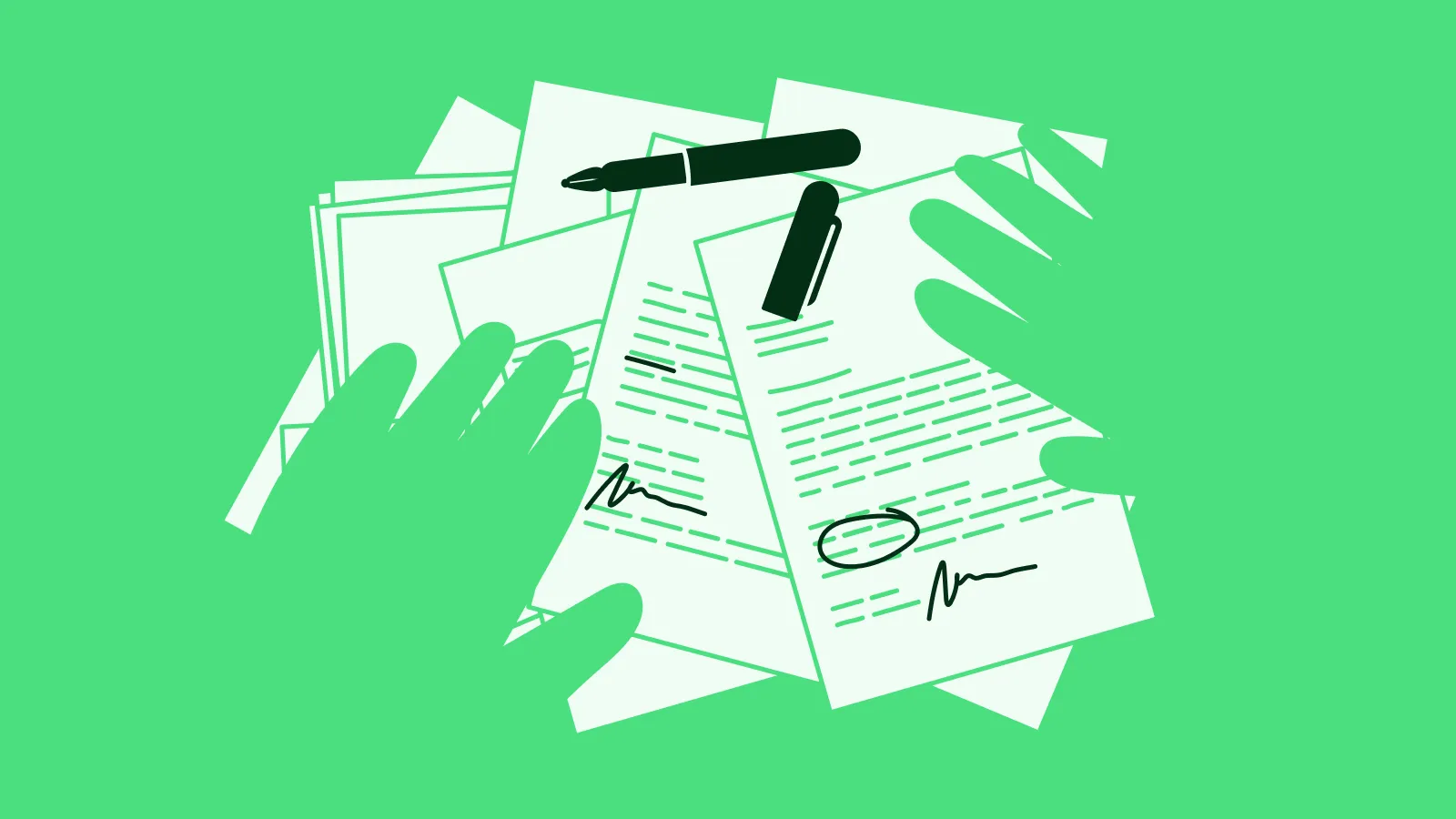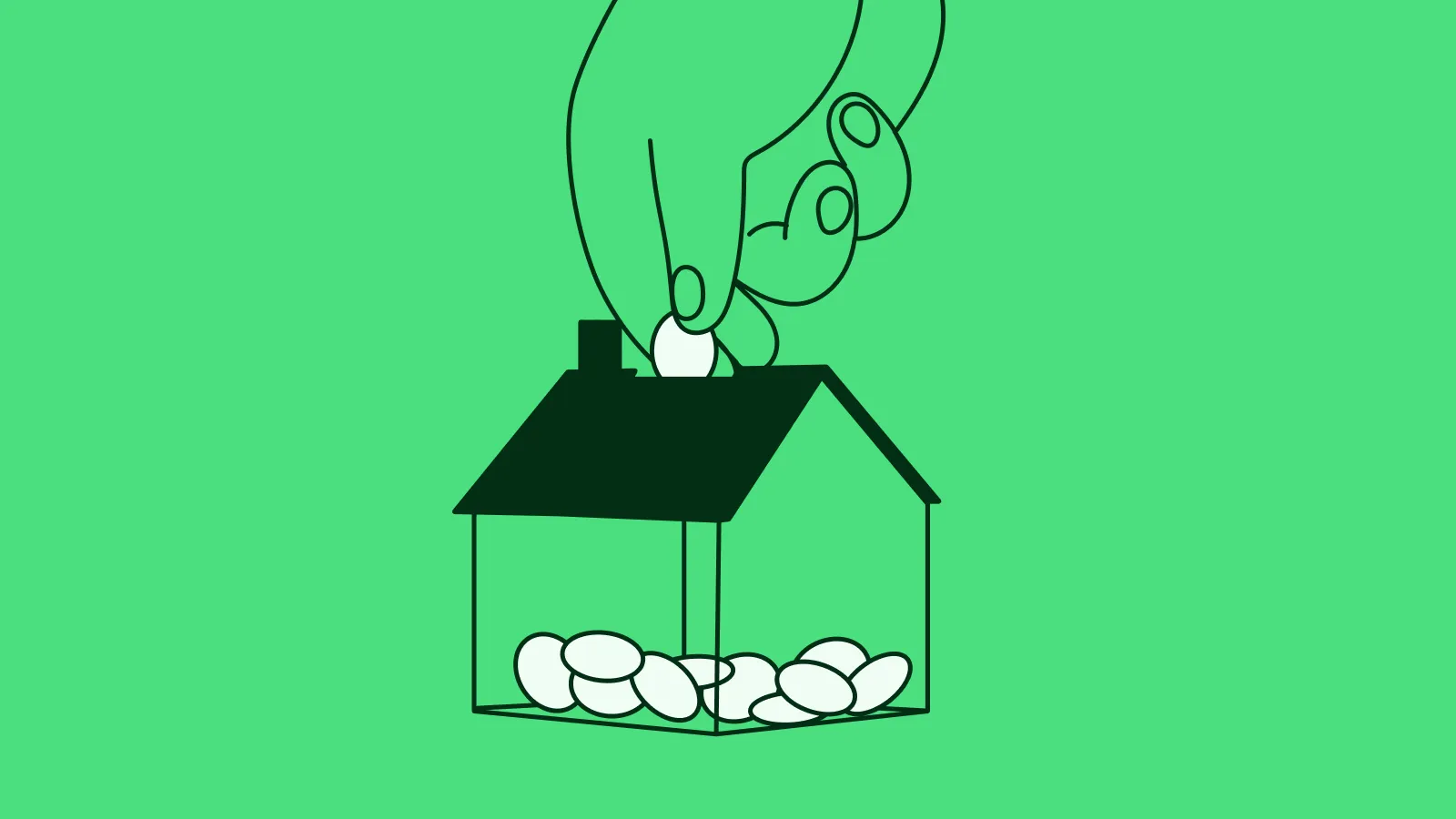Mortgages For Home Movers
Whether you’re upsizing, downsizing or just ready for something new, we’re here to make your next mortgage journey as simple and straightforward as it can be.
Exclusive broker partner to

Author: Michael Whitehead, Head of Content
Reviewer: Paul Coss, Haysto Co-Founder and Chief Customer Officer
Updated: Jul 31 2025 6 mins
Let’s be honest, moving house can feel like chaos. But when it comes to your mortgage, it doesn’t have to be. Whether you're climbing the ladder, downsizing, or relocating, there are plenty of choices available, and we’ll walk you through everything you need to know, so you’re completely prepared.
How Easy Is It to Move House with a Mortgage?
Moving home while still paying off a mortgage is pretty common and generally straightforward. Most lenders offer a range of flexible solutions for homeowners looking to relocate, including porting your existing mortgage or applying for a new one. The key is understanding your options and planning ahead.
What Happens to Your Existing Mortgage?
When you sell your current home, your existing mortgage is usually repaid using the proceeds from the sale. But if your mortgage is "portable," you can transfer it to your new property. This process is known as porting, which allows you to keep your current interest rate and terms.
It’s important to note that porting only applies to your existing mortgage deal, but NOT the mortgage loan amount. So, you’ll still need to pass the standard affordability checks to get approval from your lender.
Want to know more? Take a look at our guide to Mortgage Porting.
What Mortgage Options Are Available?
New Home - New Mortgage
The most popular solution is to pay off your old mortgage with the proceeds of your house sale and take out a new one for the property you're buying. This option could get you a better deal if more competitive interest rates are available or if your current mortgage isn't portable.
Be aware, though, of potential early repayment charges if your existing mortgage deal still has some time to run. If this is the case, it might make more sense financially to time your house move around the same time as your current mortgage deal is expiring.
Borrow More on Your Existing Mortgage
If you're moving to a more expensive property, it's highly likely you'll need to borrow additional funds. You can either pay off your old mortgage and take out a new one for the amount you need, or some lenders allow you to increase your existing mortgage to cover the difference. This may involve taking out a separate loan segment, possibly at a different interest rate.
Porting
Like your current mortgage deal? Take it with you. Porting lets you transfer it to your new home. You’ll avoid early repayment charges, but you’ll still need your lender’s green light.
If you're upgrading and buying a more expensive property, you can still port your existing mortgage. To cover the difference, you'll then need to apply for a new mortgage, which you can do with any lender. The benefit here is that you can search for the most competitive mortgage rates, rather than feel tied to your current lender.
What if You Don't Have a Mortgage Currently?
If you own your current home outright and the one you want to buy is worth more, you will need to apply for a new mortgage to cover the difference. This involves re-introducing yourself to the standard affordability assessments and lender eligibility requirements.
Benefits of Staying with Your Current Lender
Sticking with your existing mortgage provider when you move home can be convenient and financially savvy under the right circumstances. Advantages include:
Porting convenience: You may be able to move your mortgage without paying early repayment charges.
Relationship leverage: Your existing customer status may help with approvals or secure preferential rates.
Less disruption: Avoids the need to start from scratch with a new lender whose acceptance criteria may not be the same as your existing lender.
Benefits of Switching to a New Lender
Switching lenders can often work out for the best in the long run, especially if more competitive deals are available. Advantages of taking this route include:
Lower interest rates: New lenders may offer competitive introductory rates or other incentives.
Flexible features: Access to a wider range of mortgage types, payment holidays, or more favourable terms all round.
Higher borrowing potential: Some lenders may allow you to borrow more based on their affordability criteria.
Eligibility criteria: Your new lender could be a better fit if you’re looking to buy a unique type of property or have a more complex income.
How Much Can a Home Mover Borrow?
The amount you can borrow for a mortgage depends on several factors, including your income, existing debts, credit history, and the value of the property you're purchasing. Lenders typically offer between 4 to 4.5 times your annual income, though this can vary. These factors apply whether you’re a serial home mover or a first-time buyer.
To see how this might work out for you, based on your annual income, take a look at our quick and easy-to-use affordability calculator.
Potential property value:
Your deposit:
You could borrow:
Based on x your income at £, plus your deposit of £.
Speak with one of our experts today to learn more about your options.
Get Started NowNow you've got an idea of how much you can borrow, use our mortgage repayment calculator below to see what this amount could cost you each month and check if this fits with your budget.
Mortgage Type
With a repayment mortgage you repay all the capital and interest during the term. For interest-only, you only repay the interest amount each month and the capital is repaid in full at the end of the term.Your monthly repayment:
Total amount repayable:
Total interest payable:
Speak with one of our experts today to learn more about your options.
Get Started NowApply for a Mortgage In Principle
For a more accurate figure, get in touch with us and speak to one of our Mortgage Experts, who can help you get a true mortgage in principle, one you can trust from a lender.
No impact on your credit score.
Do You Need a Deposit when You Move Home?
Yes, but the equity that’s built up from your current property can often serve as your deposit. For example, if your home sells for £300,000 and you have £200,000 remaining on your mortgage, the £100,000 difference can be used as a deposit for your next home.
Most mortgage lenders need at least a 5% deposit, so if you’ve lived in your current property for several years, then the equity should hopefully cover the amount you need, depending on the value of the property you want to buy. If not, you may need to top this amount up from your savings.
Does Moving Home Affect Your Credit Score?
Moving house itself doesn't directly impact your credit score, but certain related activities could. Lenders also prefer to see stability, so frequent house moves might also raise concerns.
To reduce any possible impact on your credit rating, you should:
Update your address with banks, utilities, and the electoral register once you’ve moved into your new home (don’t wait too long!).
Avoid making any new credit applications around the time of the move.
Continue paying all your monthly bills and other financial commitments on time.
Shy away from moving homes within three years of the last if it can be avoided.
How Much Stamp Duty Will You Pay?
Stamp Duty Land Tax (SDLT) applies to most property purchases in England and Northern Ireland. As a home mover, you will not be eligible for first-time buyer relief.
Here's a breakdown of the current SDLT rates (as of April 2025):
Property value thresholds | Stamp Duty rate |
|---|---|
First £125,000 | 0% |
Next £125,000 (portion between £125,001 and £250,000) | 2% |
Next £675,000 (portion between £250,001 and £925,000) | 5% |
Next £575,000 (portion between £925,001 and £1.5 million) | 10% |
Remainder above £1.5 million | 12% |
So, based on current rates and thresholds, let’s say you’re moving to a property valued at £500,000. The stamp duty liability would work out as follows:
0% on the first £125,000 = £0.
2% on the next £125,000 = £2,500.
5% on the next £250,000 = £12,500.
Total stamp duty = £15,000.
What Happens when You Downsize?
Downsizing means selling your current home and moving to a less expensive one. This can free up equity, reduce your mortgage or even allow you to buy outright.
For example, if your current home is worth £250,000, with an outstanding mortgage balance of £100,000. You could clear your entire mortgage and still look at properties worth up to £150,000 for your next move.
Alternatively, you could keep your existing mortgage when you move (if your lender allows porting) or remortgage for the same amount but onto a more competitive interest rate. Be aware, though, that by downsizing and keeping your mortgage, your overall loan-to-value (LTV) would increase, meaning the interest rates available could be higher.
A third option would be to pay down part of your mortgage with the proceeds of your current property and reduce your monthly repayments for your new home.
Key benefits of downsizing include:
Smaller monthly repayments or mortgage-free living
Lower running costs (e.g., energy, maintenance, council tax)
Potential to release cash for retirement, travel, or family support
However, downsizing might still involve:
Moving costs (removals, surveys, solicitor fees)
Stamp duty (though usually lower than for upsizing)
Emotional adjustment to a smaller space or a new location
Make Your Next Move Hassle-Free with Picnic
With the right knowledge, preparation and guidance, navigating the mortgage landscape as a home mover can become a much smoother experience. Understanding your options—whether taking out a new mortgage for the full amount or porting your current home loan and borrowing money for the difference—allows you to make the right decisions that fit with what you want for your next home.
That’s where we can help!
At Picnic, we understand that moving house will inevitably become a logistical challenge. But, with our assistance, we can make sure your next move doesn’t become a financial one, too.
If you’re ready to make a move, just get in touch and one of our Mortgage Experts will contact you to get started.
Related Pages
Porting Your Mortgage

The Picnic Guide To Buying a Home

How Conveyancing Works

How Stamp Duty Works

Speak to One of Our Experts
First or next move, remortgaging or investing - get clear advice from our award-winning experts to help you find the right mortgage.
No impact on your credit score.